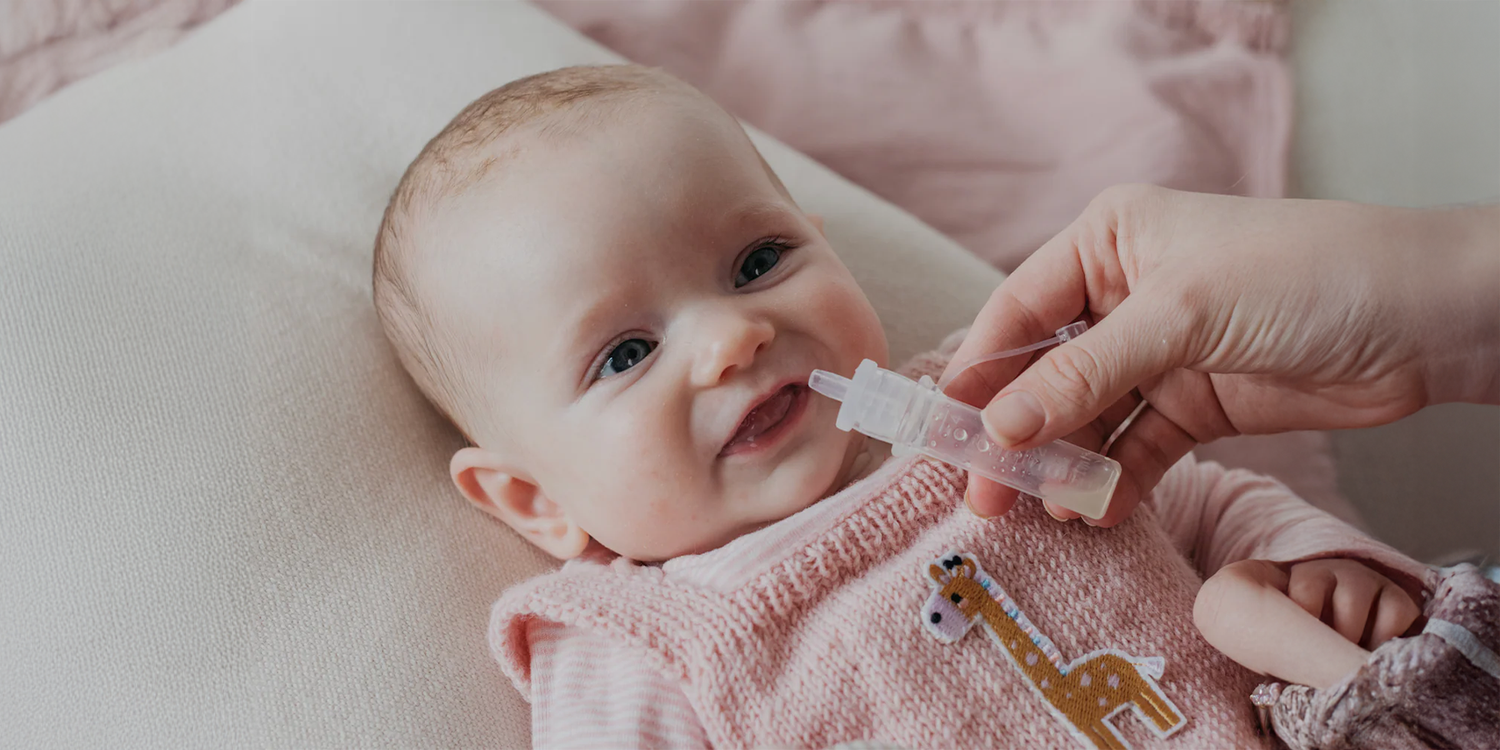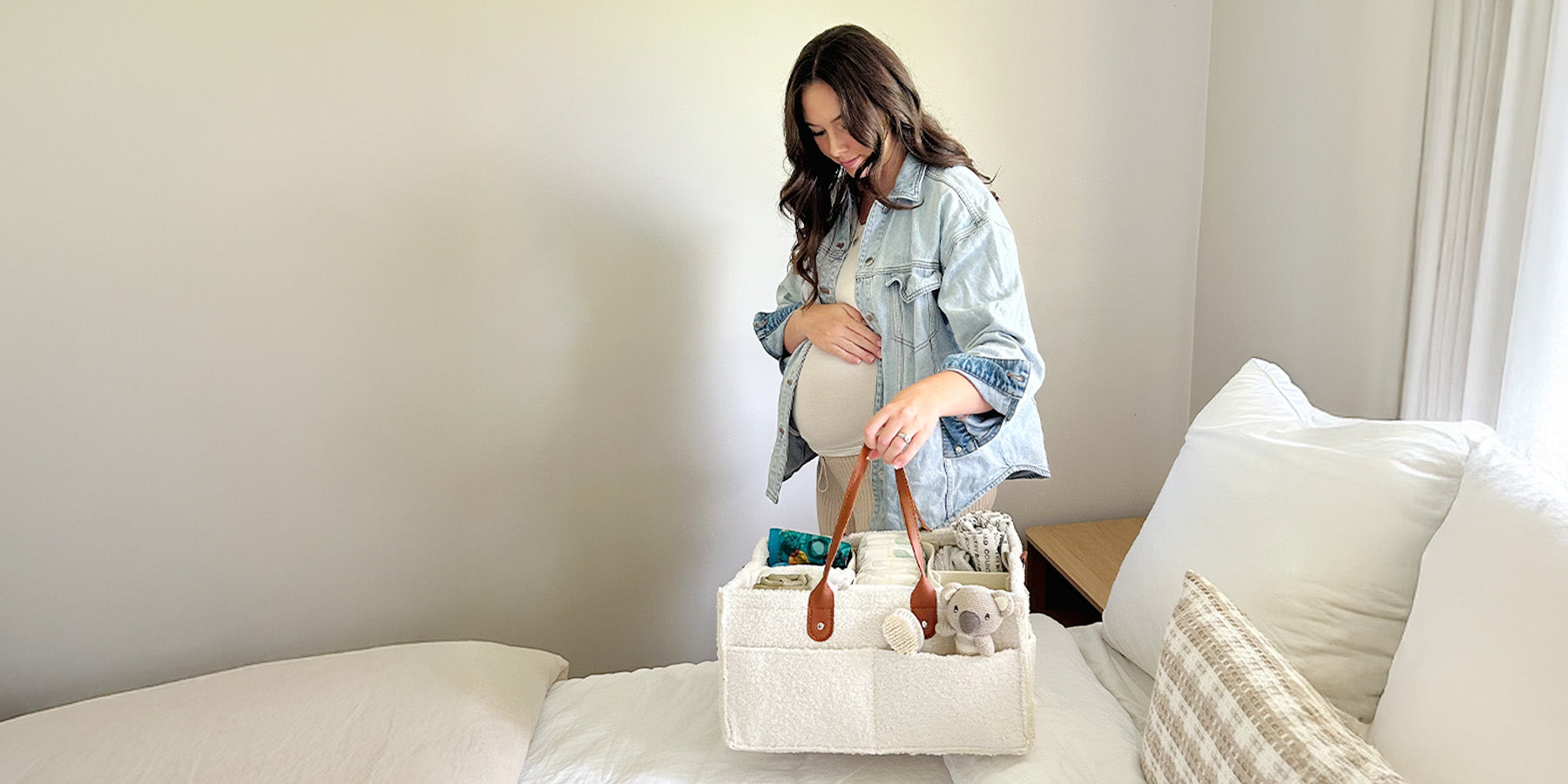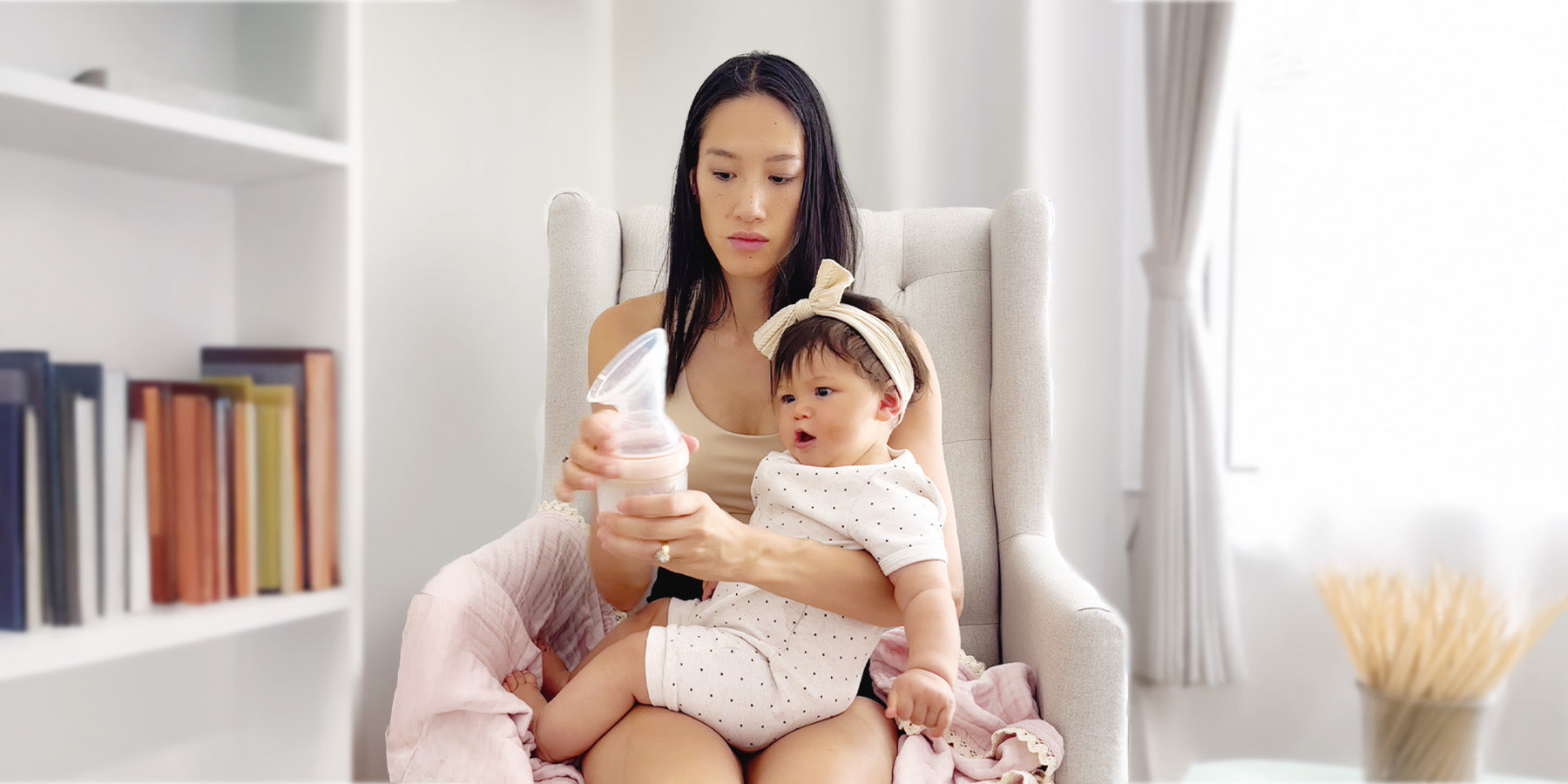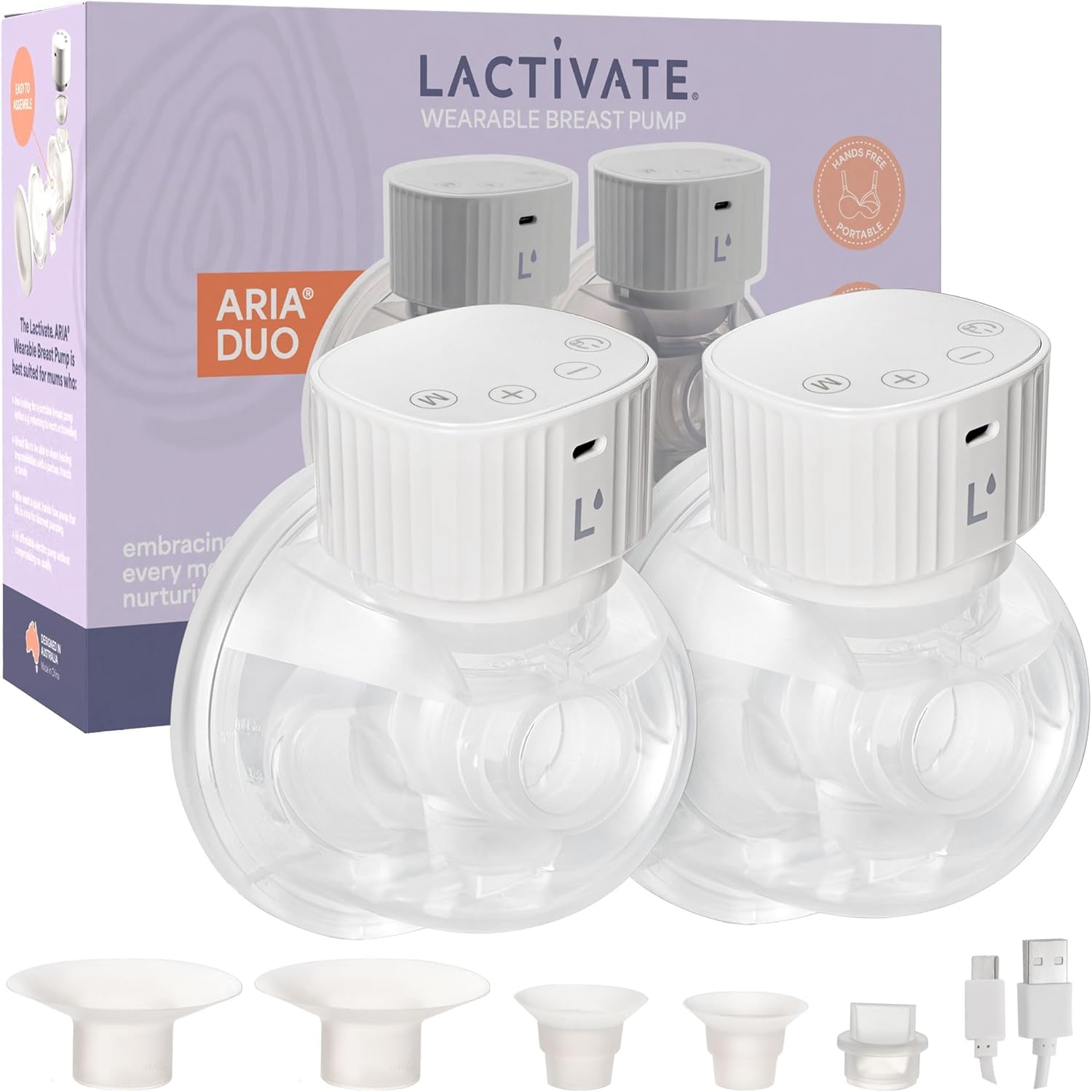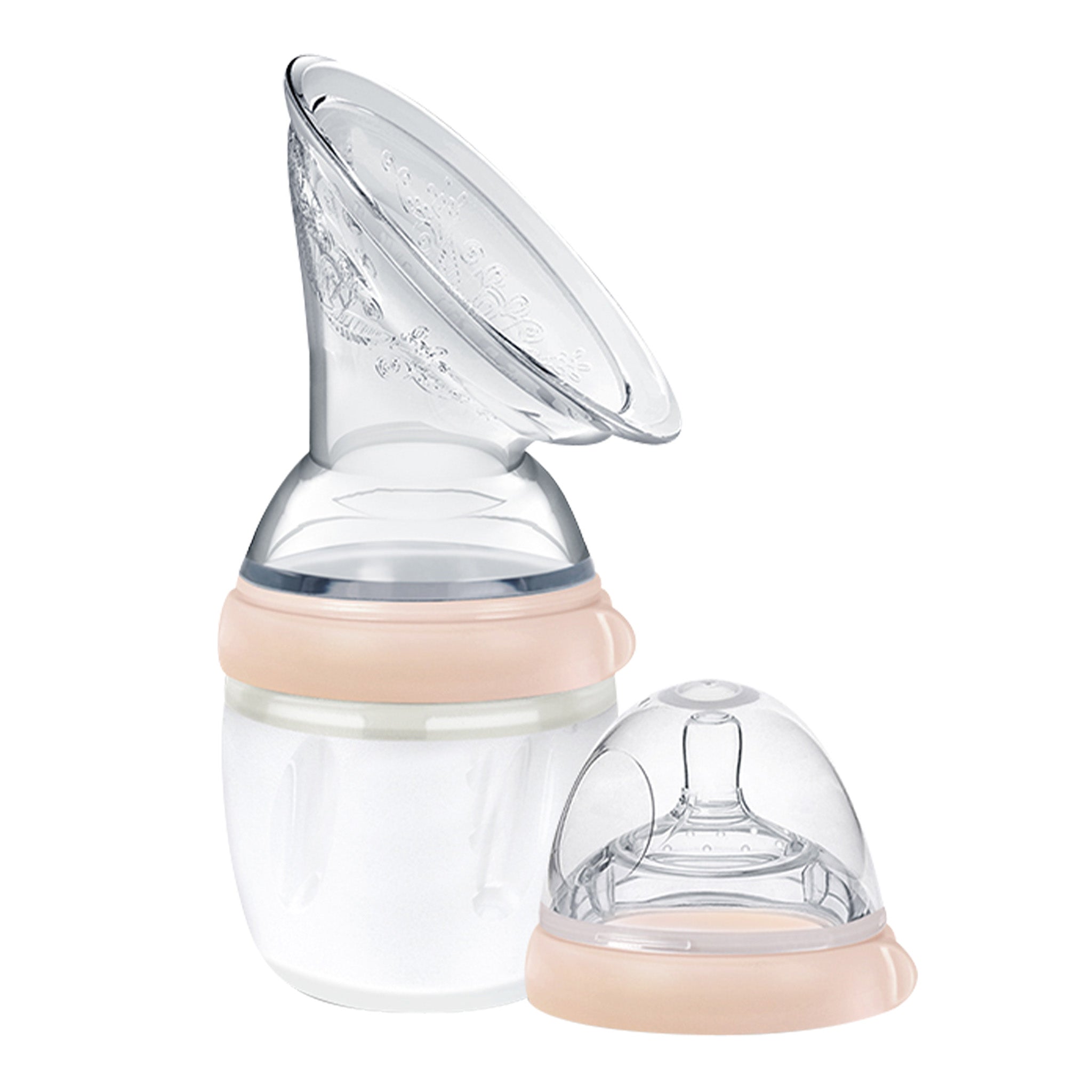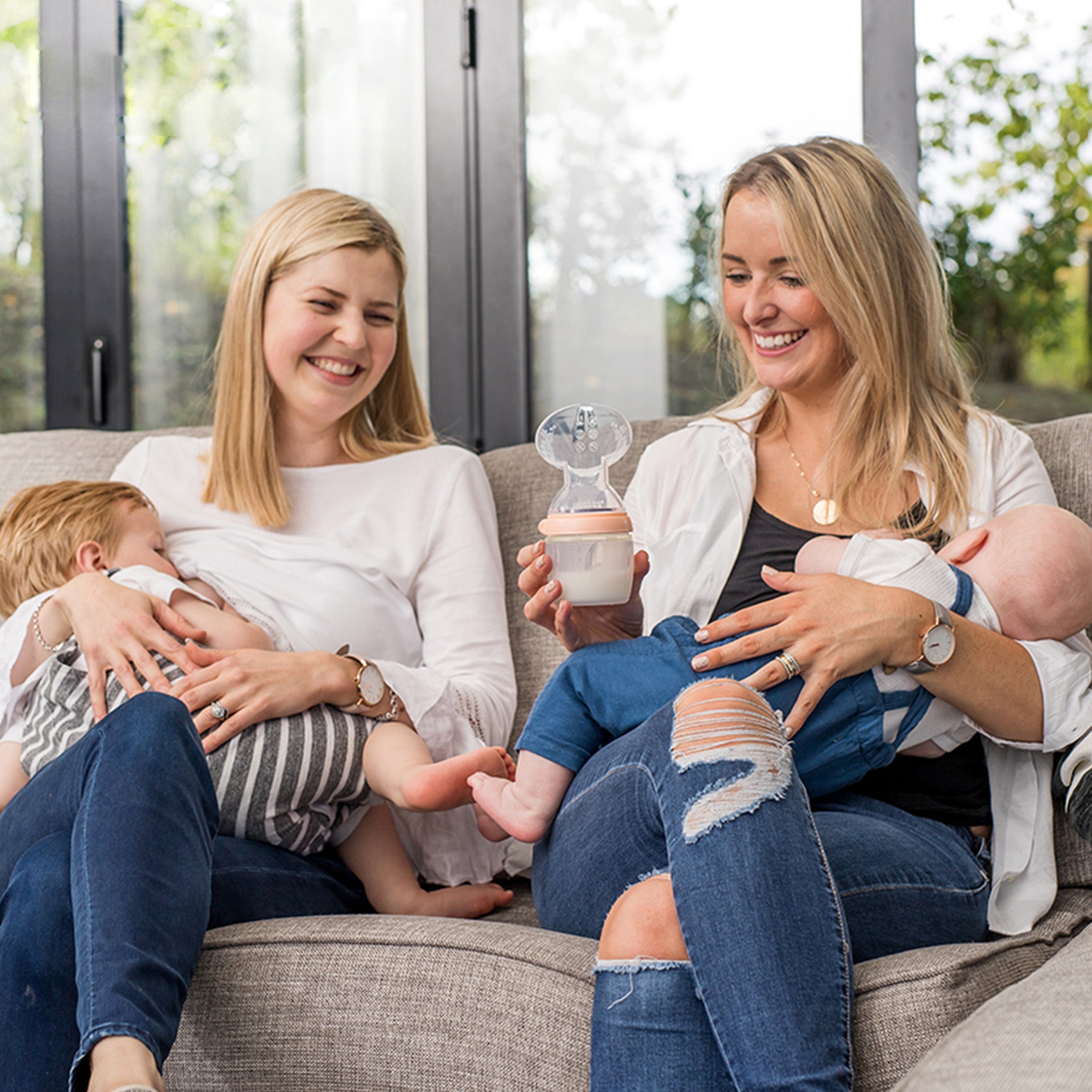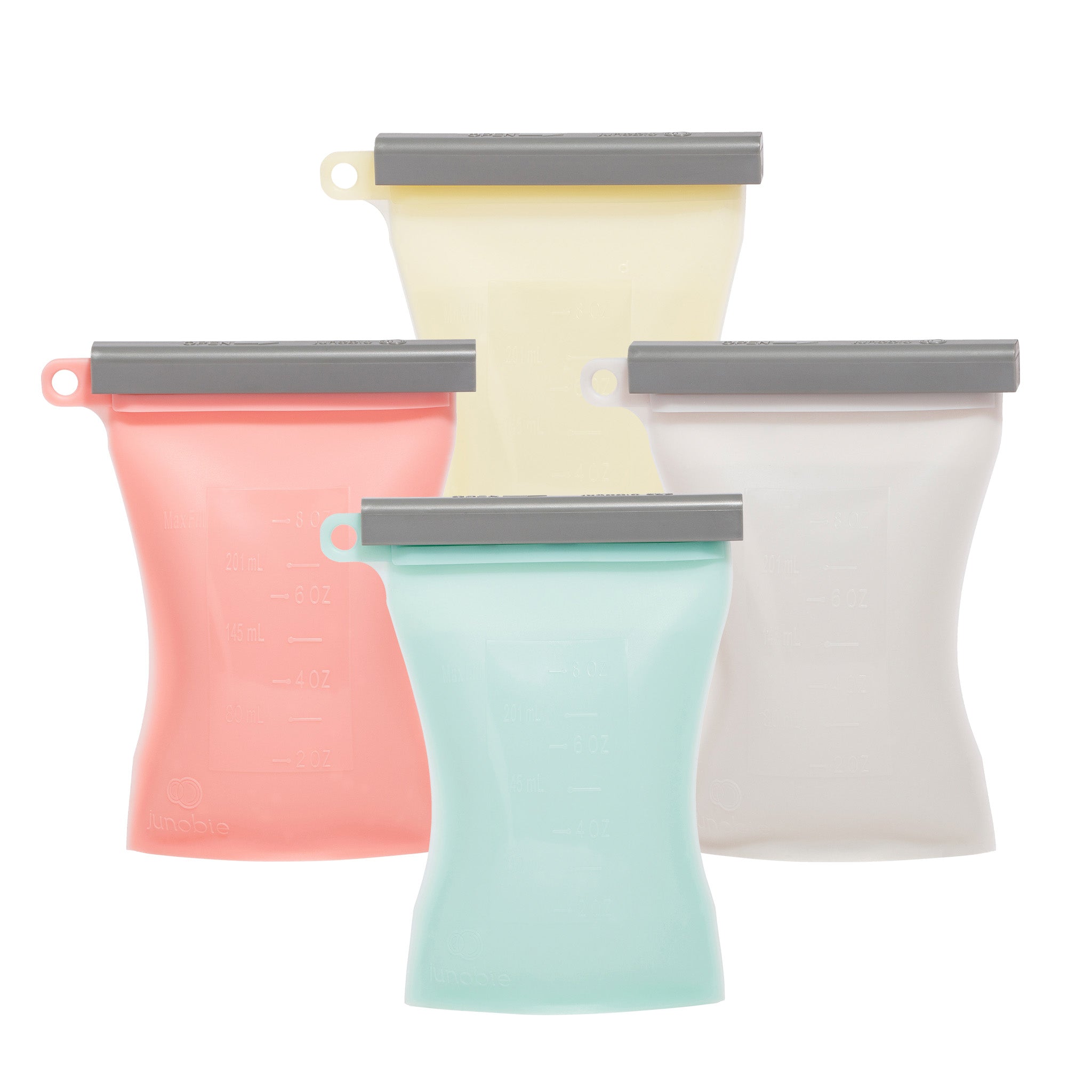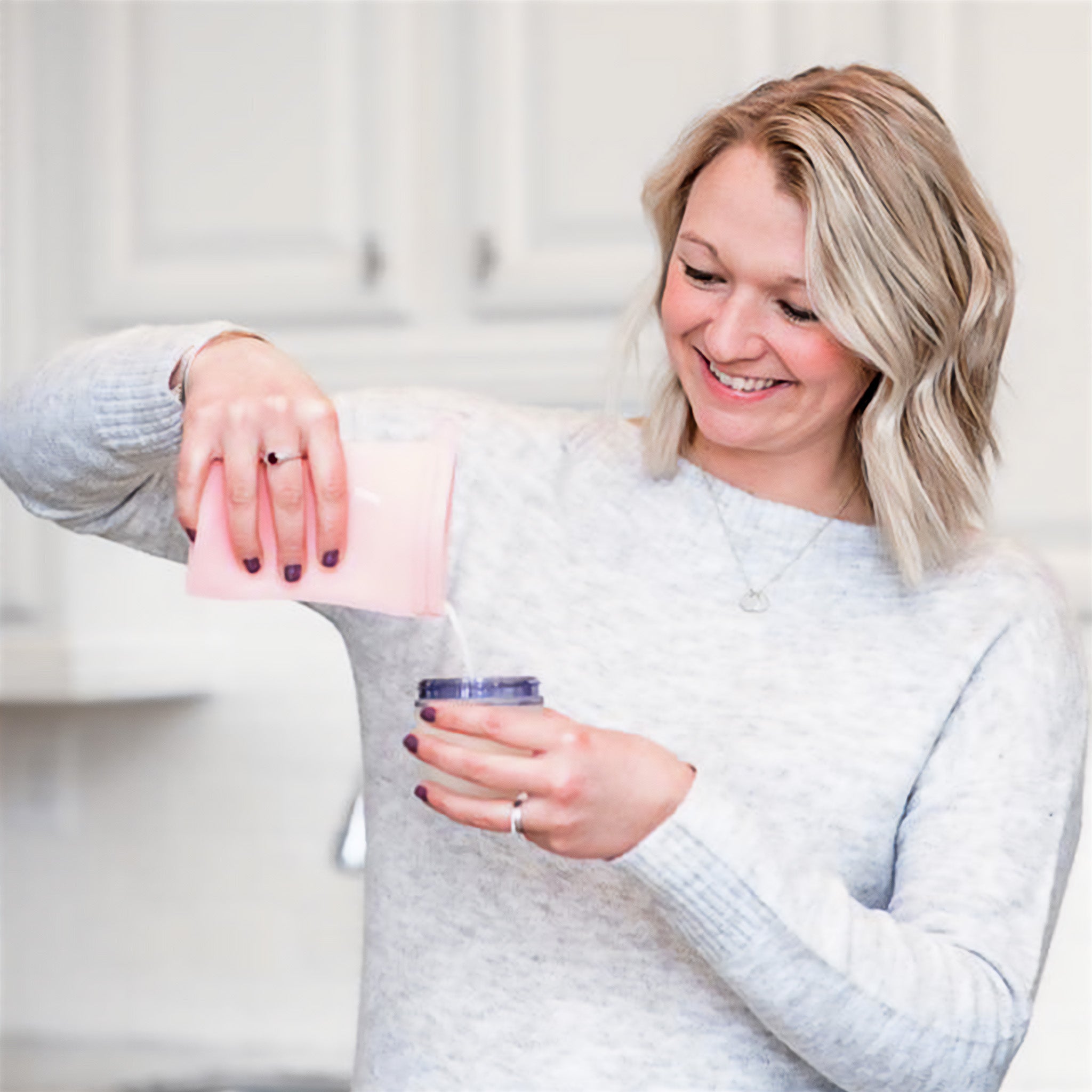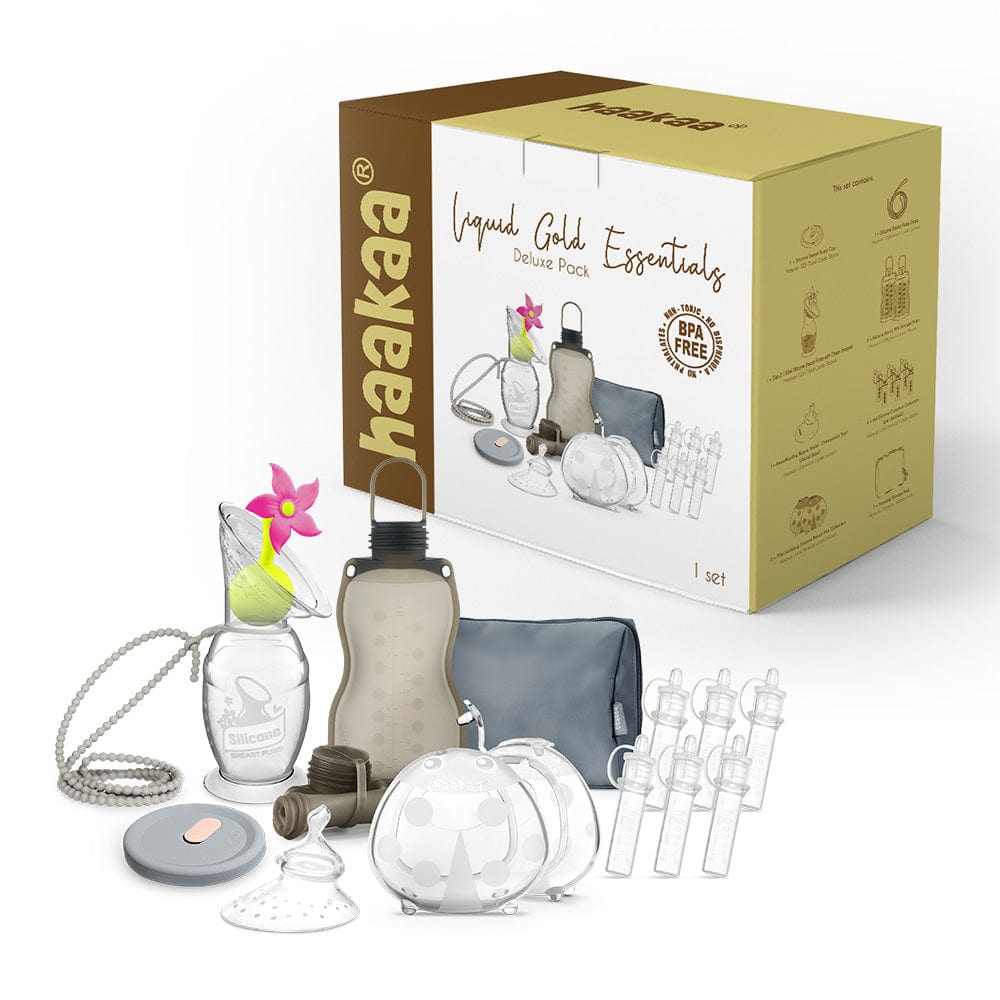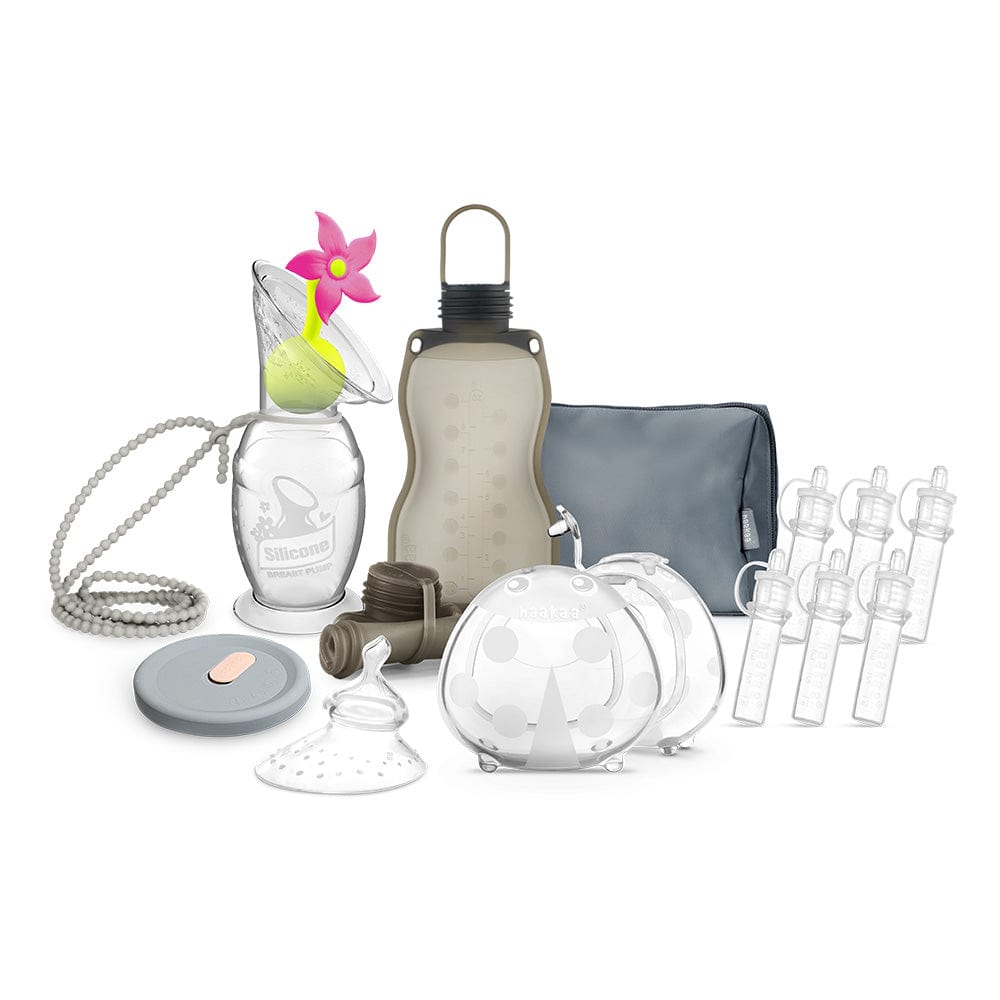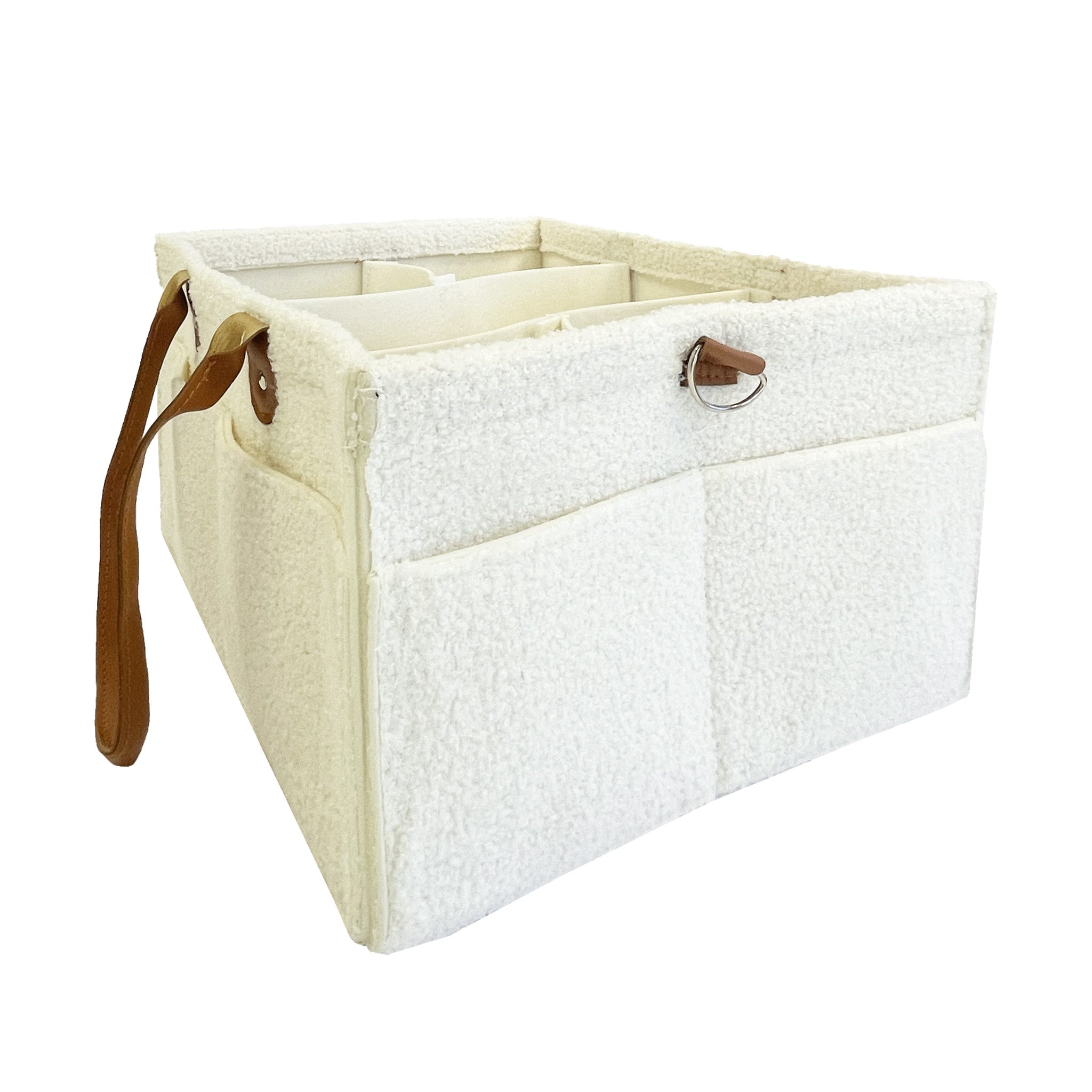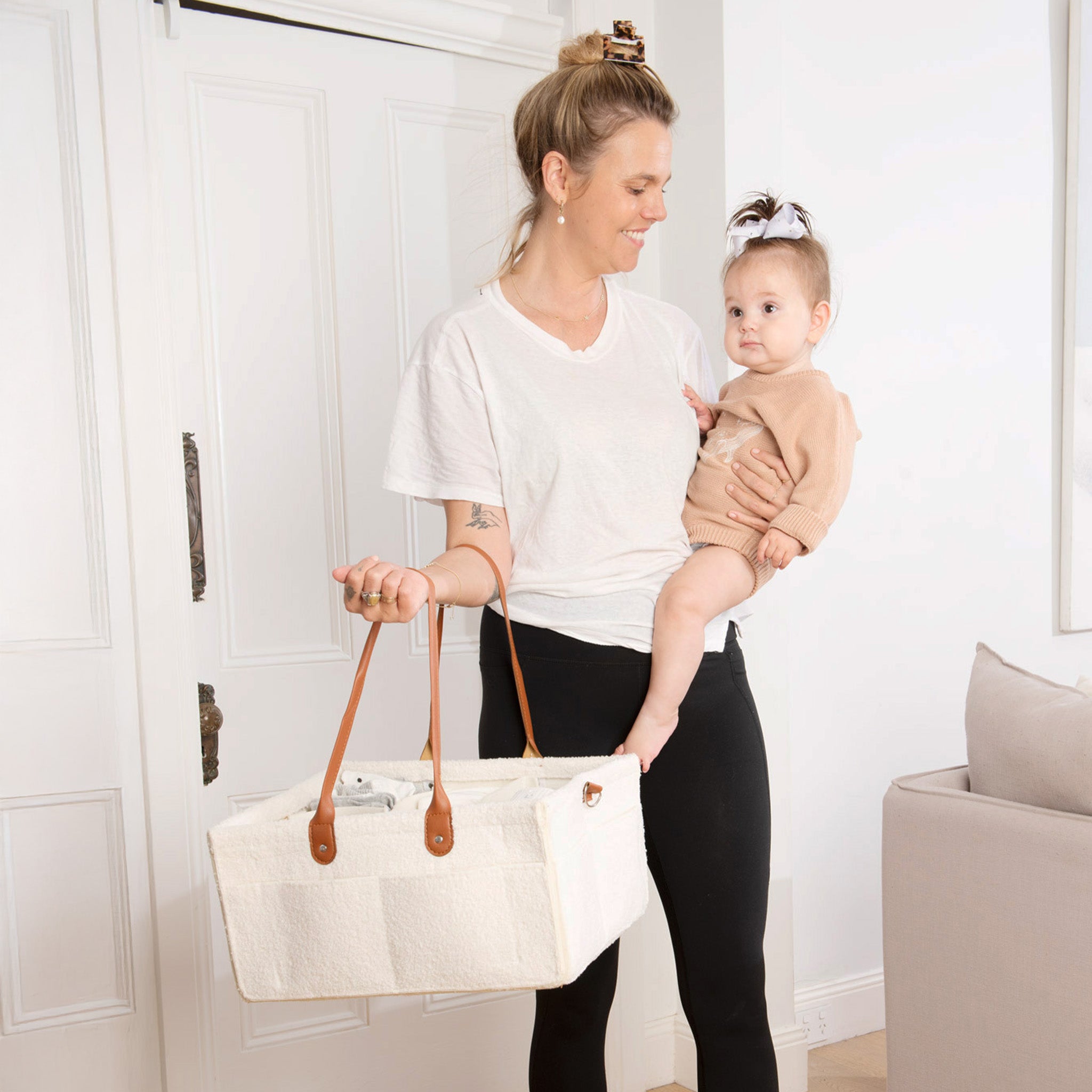Colostrum. They call it liquid gold for good reason. This amazing liquid contains everything your newborn baby needs to thrive in their first hours and days after birth.
So what is this miraculous substance, why is collecting colostrum important and how is it used by your baby? We're answering all your questions!
Colostrum FAQs
What is Colostrum?
Colostrum is the first stage of breast milk that you will start producing late in pregnancy and continue to produce for the first few days after birth. It’s highly nutritious and contains a high level of antibodies that will help your baby fight off bacteria and infections.
Why is colostrum important?
Colostrum is sometimes referred to as your baby's first vaccination, due to the high percentage of protective antibodies and white blood cells that it contains. It's also packed full of 'good bacteria' to help colonise the gut and give your baby the best possible start to life.
Here are some of the nutrients in colostrum:
- Immunoglobulin- an antibody that fights off infections, and illnesses + protects baby against eczema, allergies and wheezing.
- Leukocytes- white blood cells that produce antibodies
- Lactoferrin- a protein that wards off infections
- Epidermal growth factor-protein stimulating cell growth
- Carotenoids- an antioxidant
- Vitamins A, B12 and K
- Magnesium
- Copper
A living substance, colostrum is completely unique to each mother and baby pair.
How early does colostrum come in?
Your breasts will begin producing colostrum during pregnancy, around the 16-week mark. Some women may notice small amounts of leakage while others won't notice anything different. Don't fret either way! Leaking both colostrum and breast milk is not an indicator of the ability to successfully breastfeed!
Colostrum versus breast milk: What’s the difference?
Both incredibly important, colostrum and breast milk are similar but different in a number of ways. Colostrum is the first stage of breast milk and has more protein and Vitamins A, E and K. Milk is produced after colostrum production has stopped and lasts for months or years after birth.
When compared to breast milk, colostrum has:
- 2x more protein
- 4x more zinc
- Lower in sugar and fat which makes it easier for newborns to digest
- Thicker and more yellow in colour
- Contains immunoglobulins to strengthen both the immune and digestive systems of your newborn
It is an impressively concentrated substance that acts as your baby’s first immune system defense after birth. It also helps protect baby's gut and works as a laxative to push through bubs first poo! You'll notice relatively small amounts of colostrum immediately after birth and for the first couple of days before it begins to transition to mature milk.
What does colostrum look like?
Colostrum is often golden yellow or orange due to the high levels of beta carotene. It can sometimes look clear, white or creamy but most of the time the colour resembles that of an egg yolk. In terms of consistency, colostrum is thicker than breast milk and is sticky.
If your colostrum looks pink, red, rust-colored or brown, do not be alarmed. Sometimes blood within milk ducts can make its way into your colostrum resulting in the above colours, which is not harmful.
How will I know that my milk has changed?
You may hear other mums or your caregiver talk about your 'milk coming in'. This is when your body switches from producing colostrum to milk, generally 2-5 days after birth. Most women will feel this happening as their breasts will become heavy, hot, tender to touch, engorged or even painful.
The colour and consistency of the milk will change from thick and orange/yellow to slightly thinner and more 'milk-like.' Your milk will stay like this for the next few weeks as you establish breastfeeding and your body and baby work together to sort out your supply.

Expressing Colostrum
Why express colostrum before birth?
Many women are advised by their Midwife or Obstetrician to express colostrum during the later weeks of pregnancy to store for use after birth. Expressing colostrum during pregnancy means that you'll have some saved and on hand for after birth, should your baby need it.
This is common practice for mums with gestational diabetes to help the baby to regulate their blood sugar but increasingly, women with uncomplicated pregnancies are jumping onboard the colostrum expression train. This is due to the benefits of having a stash of colostrum on hand for the period immediately after birth. Women who have access to colostrum are able to use this in the interim period between birth and when their milk comes in fully. Perfect for those cluster feeding nights when your baby just wants to be on the boob!
It can also be handy for mums who may need to be separated from their bubs after birth, for example, in the case of an emergency c-section or it is known that the baby will require NICU support.
Who can express colostrum?
If you have had a healthy pregnancy and have been given the go-ahead by your caregiver you can start expressing colostrum before birth, usually from the 37th week. There are times when it's not advised, for example, if there were any risks with pre-term labour or other pregnancy complications. This is why it is essential that you seek approval from your healthcare provider before expressing colostrum.
Senior Midwife, author, and international maternity consultant Kathy Fray has found that collecting colostrum can be super helpful, especially for bubs who may need a little extra help after birth.
"With babies we know could likely be low-birth-weight or babies known to be growth-restricted or at risk of hypoglycaemia, it can be fantastic to already have some frozen colostrum to supplement the vulnerable newborn in their first days of life," says Kathy.
"However, there is certainly no reason that a healthy mother with a healthy newborn can't also hoard some colostrum antenatally. It's a brilliant idea!"
When to start expressing colostrum?
Your caregiver can advise on when you can start expressing colostrum during pregnancy but it's generally thought that towards the end is ideal.
"With a healthy normal pregnancy, because nipple stimulation can trigger uterine contractions, I would say from 37 weeks onwards," says Maternity expert Kathy Fray.
How to hand express colostrum
If you've never expressed milk before then the process might seem a LITTLE bit daunting. First things first, don't even consider your electric pump, at least initially. You'll be producing and collecting tiny little amounts and the stimulation of an electric pump can be a bit much. As colostrum is quite sticky it will stick to the flanges of the pump and be difficult to collect and store. Gentle hand expression into a collector is the way to go.


Here's what we recommed:
- Take your Haakaa Colostrum Collector - make sure it’s washed/sterilised and you have clean hands.
- Sit comfortably and try to relax as it'll make the whole process easier.
- Start gently hand expressing using the guidelines below. The warmth from a heat pack and/or gentle massage helps.
- As you continue to express, you may notice beads of colostrum forming on your nipple. If you DON'T notice any forming, don't panic! It can take time and a couple of days' worth of stimulation to get things going. Continue to massage for a few minutes or as long as comfortable, even if nothing is appearing, as this will lay the groundwork for future expressing sessions.
- If you DO notice beads forming, you have two options; you can either use the nib on the Haakaa Colostrum Collector to suck the droplets directly off your nipple, or once you get a good flow going you can remove the nib and express directly into the container.
- The first few times collecting colostrum you may only collect a mililitre or two. That's okay! Once you have collected what you can, replace the nib and cap on the collector, label them with the labels provided in the set, and store in your fridge or freezer.
Watch our 'How to collect Colostrum' video below!


How do I store collected colostrum?
You can store your colostrum and future breastmilk according to the following offical guidelines:
Room Temp: 6 - 8 hours
Fridge: 3 - 5 days
Freezer Compartment in fridge: 2 weeks
Fridge Freezer with separate door: 3 months
Deep Freeze: 6 - 12 months
The best way to store your colostrum is directly in the Haakaa colostrum collectors. Kathy advises using and then freezing.
"Collect the colostrum and simply freeze the filled colostrum syringes. Pop the filled colostrum syringes in a sandwich/ ziplock bag with a date on the front".
Milkbar loves the Haakaa Silicone Colostrum Collection Set for collecting your liquid gold. Here’s why:
✔ Made from 100% medical-grade silicone
✔ Includes 6 x 4ml Colostrum Collectors, storage case, labels and cotton cloth wipe
✔ Clear, easy-to-read measurements
✔ Easy to use, store and clean
✔ BPA, PVC and phthalate-free
✔ Portable
✔ Leakproof
✔ Reusable
Click here to find out more about the Haakaa Silicone Colostrum Collection Kit
Can you use a Haakaa to collect colostrum ?
A lot of our Milkbar community have found that the Haakaa Silicone Breast Pump works really well to express colostrum. Simply suction it on and use the gentle suction to help the colostrum move out of the breast. Then transfer to your colostrum syringes.
As with almost everything breastfeeding (and motherhood!) related, it can take some time to get your head around expressing. Be gentle with yourself, keep trying and seek support and guidance from your midwife or a lactation consultant.
Good Luck!
Recommend Reading
Do you know we have a number of informative blogs in our Breastfeeding Resources? From advice on how to manage engorgement, nipple pain and other common breastfeeding concerns, to pumping advice and Motherhood Stories from Milkbar Mama's interviews - where real mums share their experience with breastfeeding and pumping.
We recommend for you:
- How to manage AND prevent mastitis
- 5 top tips for dealing with engorgement
- How to create a breastmilk stash using the Haakaa Silicone Breast Pump
- The first 24 hours after birth: What you need to know
- Motherhood Stories

